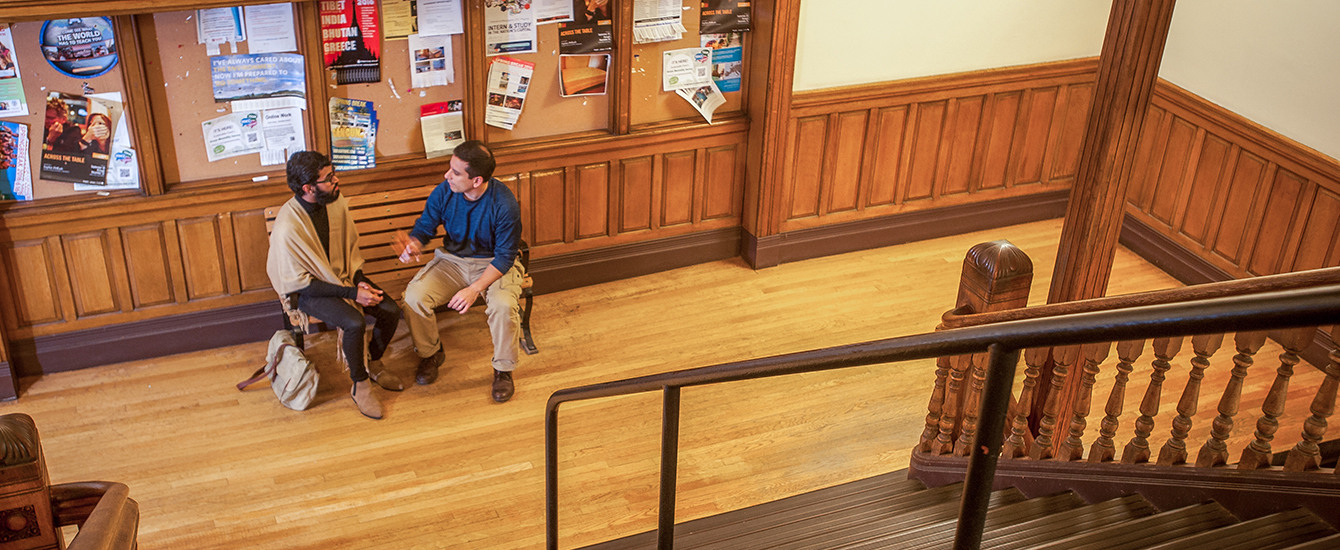Psychology
Female-partnered and single women's contact motivations and experiences with donor-linked families
Document Type
Article
Abstract
STUDY QUESTION What are female-partnered and single mothers' motivations and experiences at one donor insemination (DI) program with regard to contacting other families who share the same sperm donor? SUMMARY ANSWER By and large, women reported seeking contact to obtain (i) support for their children and/or themselves, and (ii) information about shared traits and medical problems, ultimately describing a range of contact experiences, both positive (e.g. special bond created) and negative (e.g. uncomfortable encounters). WHAT IS KNOWN ALREADY There is a growing phenomenon of donor insemination families - parents and/or offspring - seeking others who share their donor (i.e. are 'donor-linked'). There is limited understanding about parental motivations and experiences - especially in the presence of a second parent - due to the methodological constraints of previous quantitative studies. STUDY DESIGN, SIZE, DURATION Semi-structured telephone interviews were conducted with 50 donor insemination mothers (14 single, 36 female-partnered). Participants were recruited by email invitation to parent members of a family-matching service at one donor insemination program in the USA. The criterion for inclusion was having matched to at least one donor-linked family. PARTICIPANTS/MATERIALS, SETTING, METHODS Among the 50 mothers interviewed, all had at least one child conceived via donor insemination, who was between ages 0 and 15 years at first contact. Families matched with a median of three donor-linked families (range 1-10). Interview data were analyzed through qualitative (i.e. thematic) analysis. MAIN RESULTS AND THE ROLE OF CHANCE Overarching themes emerged of seeking contact to obtain (i) support and (ii) information about children's shared physical and psychological traits. Some wanted to increase their child's family network, through adding a sibling, but more often as extended family. Data, from partnered parents especially, revealed the challenges of balancing the boundaries of family formed without the genetic link with the perceived benefits of exploring the child's donor origins. LIMITATIONS, REASONS FOR CAUTION Interviews focused on openness and information-sharing were conducted with parents from one American donor insemination program. Findings are limited to individuals who were open enough to share their experiences and able to take the time to do so. WIDER IMPLICATIONS OF THE FINDINGS As donor-linking services become established independently (e.g. donor insemination program registries) or by the government (e.g. Victoria, Australia's Voluntary Register), these findings provide evidence that linking services are valued by individuals affected by donor conception. Caution is warranted, however, in that some participants reported mismatched expectations, both across donor-linked families and within families (e.g. between partners), suggesting the need for information and guidance both during and after matching. Overall, the range and balance of reported positives and negatives indicate that donor-linking can provide individuals with support and donor origins information - which are particularly important when these are not available elsewhere. STUDY FUNDING/COMPETING INTEREST(S) Clark University provided support. No competing interests.
Publication Title
Human Reproduction
Publication Date
2015
Volume
30
Issue
6
First Page
1375
Last Page
1385
ISSN
0268-1161
DOI
10.1093/humrep/dev077
Keywords
donor-linking registry, gamete donation, information sharing, lesbian mothers, single mothers
Repository Citation
Goldberg, A. E. and Scheib, J. E., "Female-partnered and single women's contact motivations and experiences with donor-linked families" (2015). Psychology. 371.
https://commons.clarku.edu/faculty_psychology/371



